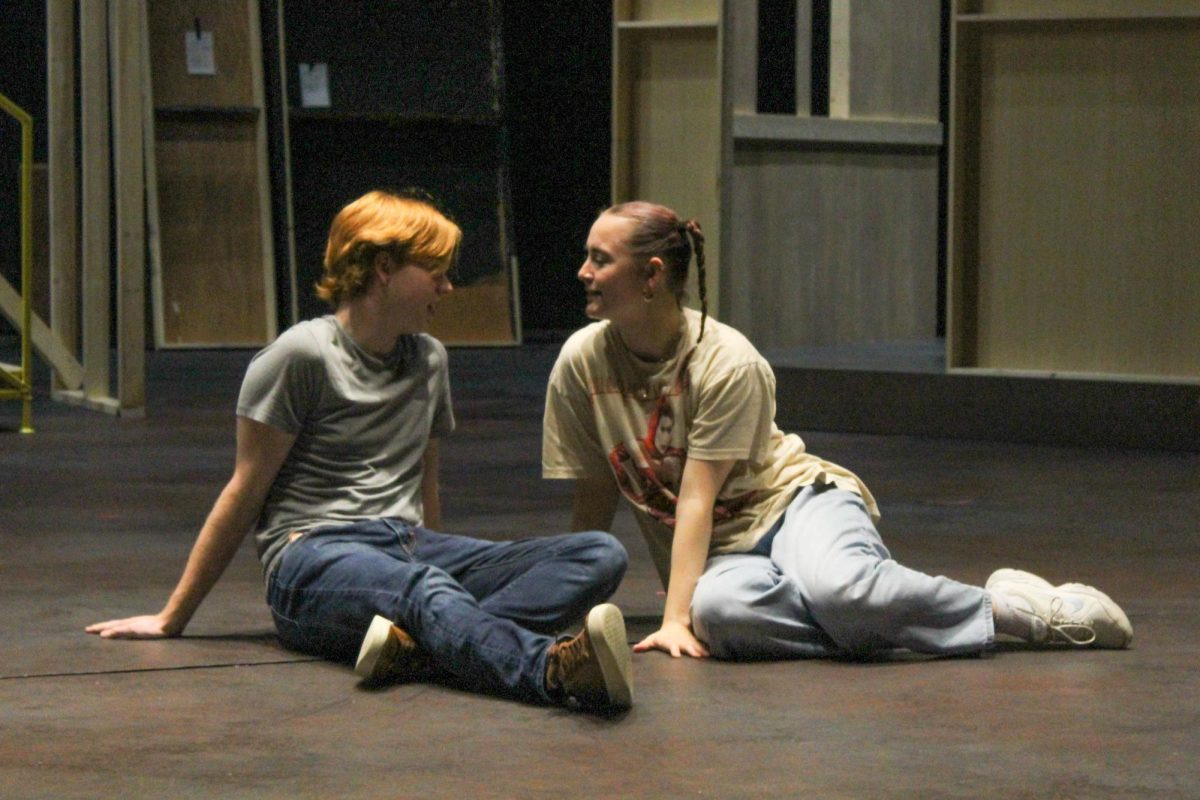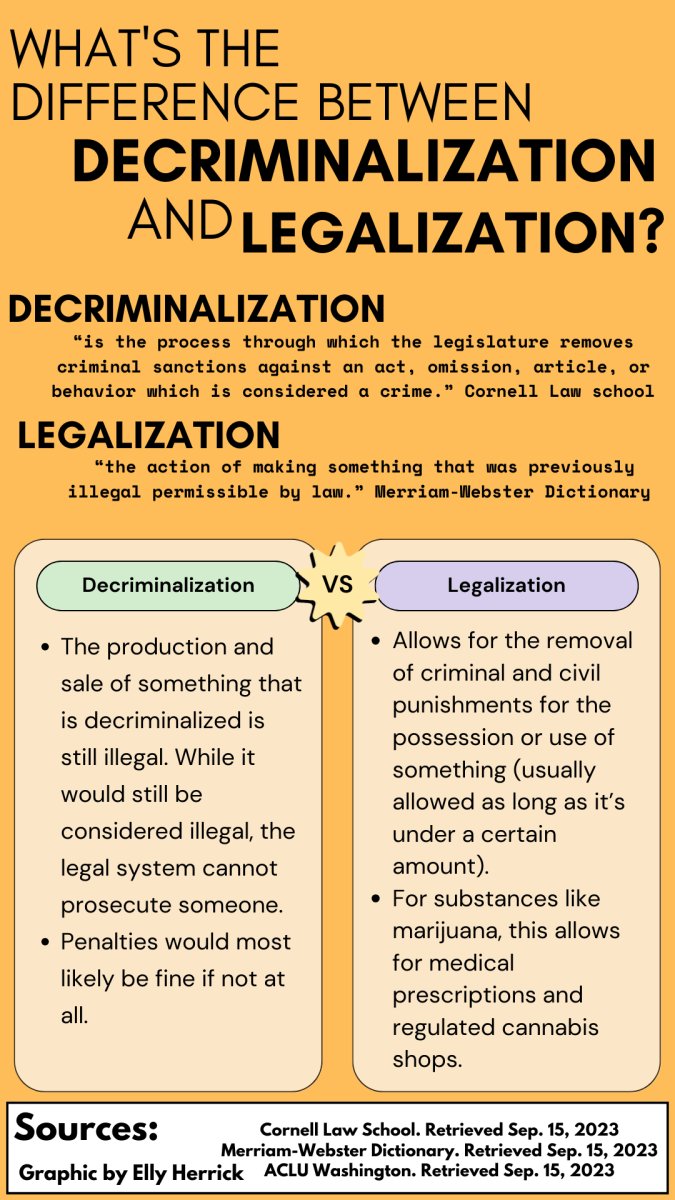Victoria McKenzie/ Winonan
Besides the bluffs, river and lakes that surround Winona State University, there are various things attracting students to the Winona community.
Edward Conlin, a Winona State student, said he acknowledges the specific culture that makes up Winona State and attracts many new and different types of students. He worries some efforts may change this.
Conlin serves as the student representative from Minnesota State University Student Association (MSUSA) on the system incentives and rewards committee for Charting the Future, a collaborative document that will outline how to overhaul the current Minnesota State College Student Association (MnSCU) system.
Charting the Future is an effort to unify MnSCU schools through three commitments: ensuring access to an extraordinary education for all Minnesotans, being the partner of choice to meet Minnesota workforce and community needs, and delivering students, employers, communities and taxpayers the highest value, most affordable higher education options, according to MnSCU.
Discussion of what to change and how to do it has been and continues to be discussed through six committees. With major changes being discussed such as cutting courses, Conlin said he believes nothing should change so much as to change the culture of each individual college and campus.
“If we made every four year university the same, then what sets Winona apart from Metro, or what sets Winona apart from St. Cloud. Nothing,” Conlin said. “I made it very clear in my group that line can’t be crossed.”
Many other concerns have been felt by Winona State’s students, faculty and staff who are on committees and actively involved in Charting the Future.
Winona State history professor Colette Hyman agreed the new program must keep the universities unique.
Hyman is the member of the Inter-Faculty Organization (IFO) appointed by the union to serve on the diversity implementation team.
Speaking for the organization, Hyman said, “We share the goals. We are fully in support of excellence, access, equity, all of the goals that the chancellor wants to work towards in this proposal.”
Cara Luebke is another Winona State student serving on the Charting the Future committees, specifically the assessment for course placement committee. Luebke also serves as the campus organizer for MSUSA at Winona State.
“My personal view as one of the students who sits on a committee is the document itself is not bad,” Luebke said, “but everything that has happened since this document has been put out has just been messy, non-transparent, disorganized and quite frankly disrespectful to students.”
Luebke is not alone in this opinion. The IFO, as well as the Minnesota State College Faculty union, has released a vote of no confidence on Chancellor Steven Rosenstone.
A vote of no confidence means the organization believes Rosenstone is no longer fit to hold his position. Although their vote does not have the power to fire him, it is meant to alert people who can or cause him to change his tactics.
Hyman, speaking for the IFO said, “There has been a pattern of a lack of transparency, of bullying, of shutting out students, of really exclusion in terms of planning this, going way back to the beginning that we have come to the conclusion that we cannot support anymore.”
Hyman said one of the reasons behind the union’s decisions to leave the project was that Rosenstone paid McKinsey & Company, a consulting firm, $2 million to plan out what will happen with the project.
Hyman said she finds two major problems with the hiring of McKinsey & Company.
First, Rosenstone claimed there would be no costs associated with Charting the Future, Hyman said.
Considering these conflicting ideas, Hyman said, “If there’s money that’s going to be funneled to these solutions, where is it going to come from? What academic programs are going to be cut? What services are going to be trimmed? What faculty positions are going to remain unfilled? All of that constrains students’ education.”
Secondly, the company decided how teams and decisions would be made, leaving little room for the collaboration expected by the faculty and students involved, Hyman said.
Conlin and Luebke both said they felt students were underrepresented in each committee, which consist of 18 members, one student from MSUSA, one student from MSCSA, one four-year institution professor, one two-year institution professor, two presidents and ten people from the MnSCU system office.
Many times people have voiced their concerns over this matter, yet Rosenstone has done nothing to address their concerns, Hyman said.
Hyman and Luebke both referenced an instance in which a student representative literally got shouted down by another university president for requesting more student representation, and Rosenstone completely disregarded it.
Rosenstone’s actions and motives have been questioned often throughout this process by many involved, Hyman said.
“It is really concerning, because this is such a massive thing that could change the future for so many people that we can’t have there be no transparency or no accountability,” Luebke said. “We need there to be a clear process, an organized process, and a process that listens to the students.”
Rosenstone recently confirmed the process would continue, despite the disapproval and withdrawal of the faculty.
Questioning Roesenstone’s actions, Hyman said, “How can we support a plan that’s about teaching and learning, when those who are doing the teaching aren’t involved.”
Another concern of Conlin’s is protecting students’ liberal arts education.
The Charting the Future document called to get rid of classes that are considered not needed, which brings about the debate of what is needed for students to receive a full educational experience.
Although Conlin has some concerns about the content of the document, he said he sees Charting the Future as “a very whole, pure-hearted document.”
There have been documents in the past which have attempted to fix the problems in the MnSCU system, but little change has been seen from these documents, Conlin said.
Conlin said Charting the Future, “is addressing some of the major problems and concerns people have had…since MnSCU became a system and trying to combat those issues head on.”
Conlin explained some of the issues he has with Charting the Future.
“Overall, transferability, increasing affordability, all of that is everything that’s needed in a system, especially if we want to call ourselves a system,” Conlin said.
The MSUSA board of directors is made up of each university’s senate president. As such, Winona State’s president, Jessica Hepinstall plays a role in the decision of whether MSUSA will hold a vote of no confidence, Luebke said.
According to Luebke, she said Hepinstall has chosen to discuss the matter as a group and receive senate’s input.
Student senate’s discussion began on Wednesday, Oct. 29 and will continue Wednesday, Nov. 5. Although student senate’s feedback will be taken into consideration, the final decision on whether or not to vote no confidence belongs to Hepinstall.
Moving forward, Conlin said “I would like to see hopefully with all these votes of no confidences and all these issues, everyone bringing them up at once for a massive push. Hopefully they are addressed and we have better representation.”
Three out of the six committees have Winona State students as the MSUSA representatives, and President Scott Olson is the convener of one of the committees, Luebke said.
With Winona State’s large involvement in the committees, the choice Winona State’s student senate will soon make is even more crucial.
“Personally, if we were to pull out, my voice would officially not be heard,” Leubke said, “but if we do pull out…maybe that will put pressure on the government…pressure on the board of trustees and the chancellor [for change].”


































































